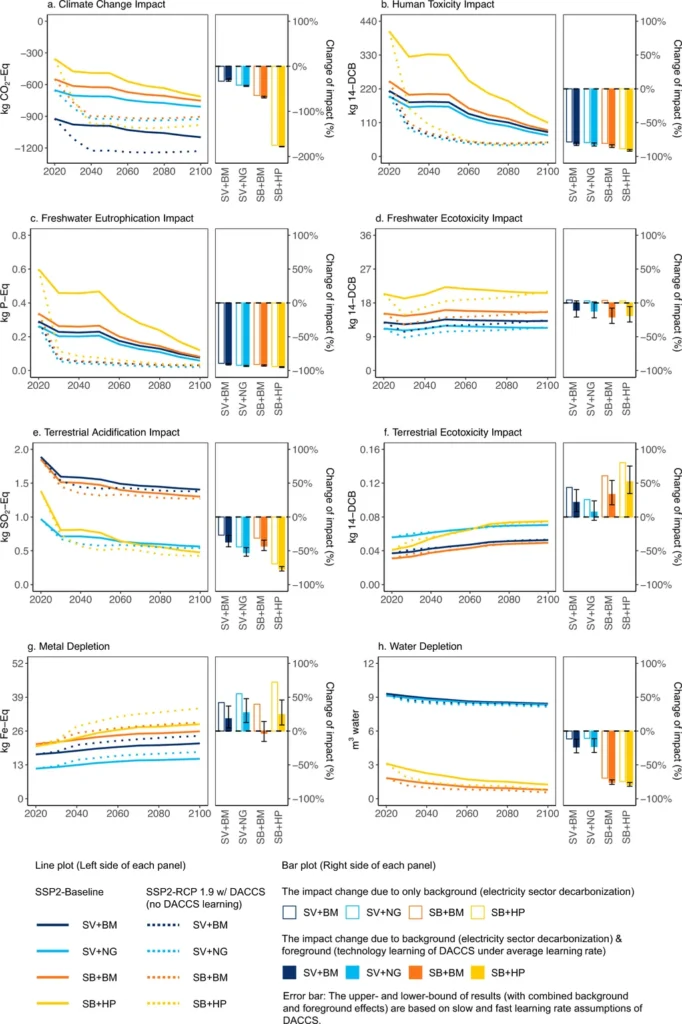In the quest to mitigate climate change, direct air capture (DAC) technologies are gaining traction as a means to pull carbon dioxide directly from the atmosphere. A recent study published in the journal *Carbon Capture Science and Technology* sheds light on the techno-economic aspects of two different adsorbent configurations for DAC, offering insights that could shape the future of carbon capture technologies.
The research, led by Paul de Joannis of EDF R&D and the Université de Lorraine, compares the performance of a traditional packed bed adsorbent with a monolithic structured adsorbent in a steam-assisted vacuum thermal swing adsorption (S-VTSA) process. The study aims to evaluate the trade-offs between productivity and energy requirements, providing valuable data for the energy sector.
In the reference case, the packed bed configuration demonstrated higher productivity, capturing 2.4 kg of CO2 per hour per cubic meter, compared to the monolith’s 1.2 kgCO2/(h.m3). However, the monolith offered a significant reduction in pressure drop and associated fan work by about two orders of magnitude. “This highlights the trade-off between productivity, which favors packed beds, and energy requirements, which favor monolithic designs,” de Joannis explained.
The study also conducted a sensitivity analysis on various environmental and process parameters, including sorbent and bed dimensions, air velocity, temperature, humidity, adsorption/desorption loading, mass transfer kinetics, and regeneration conditions. The detailed techno-economic analysis, performed using Aspen Process Economic Analyzer software, estimated capture costs at over 1500 €/tCO2 for a capture scale of 100 ktCO2/yr.
The findings suggest that while packed beds may be more productive, monolithic designs could offer substantial energy savings, potentially making them more economically viable in the long run. This research could influence the development of next-generation DAC technologies, encouraging innovation in adsorbent design and process optimization.
As the energy sector continues to explore carbon capture and storage (CCS) technologies, studies like this one provide crucial data to guide decision-making and investment. The insights gained from this research could help shape the future of DAC, contributing to the global effort to reduce atmospheric CO2 levels and combat climate change.
The study, “Techno-economic analysis of packed bed and structured adsorbent for direct air capture,” was published in the journal *Carbon Capture Science and Technology*, offering a comprehensive look at the potential and challenges of different adsorbent configurations in DAC processes.

